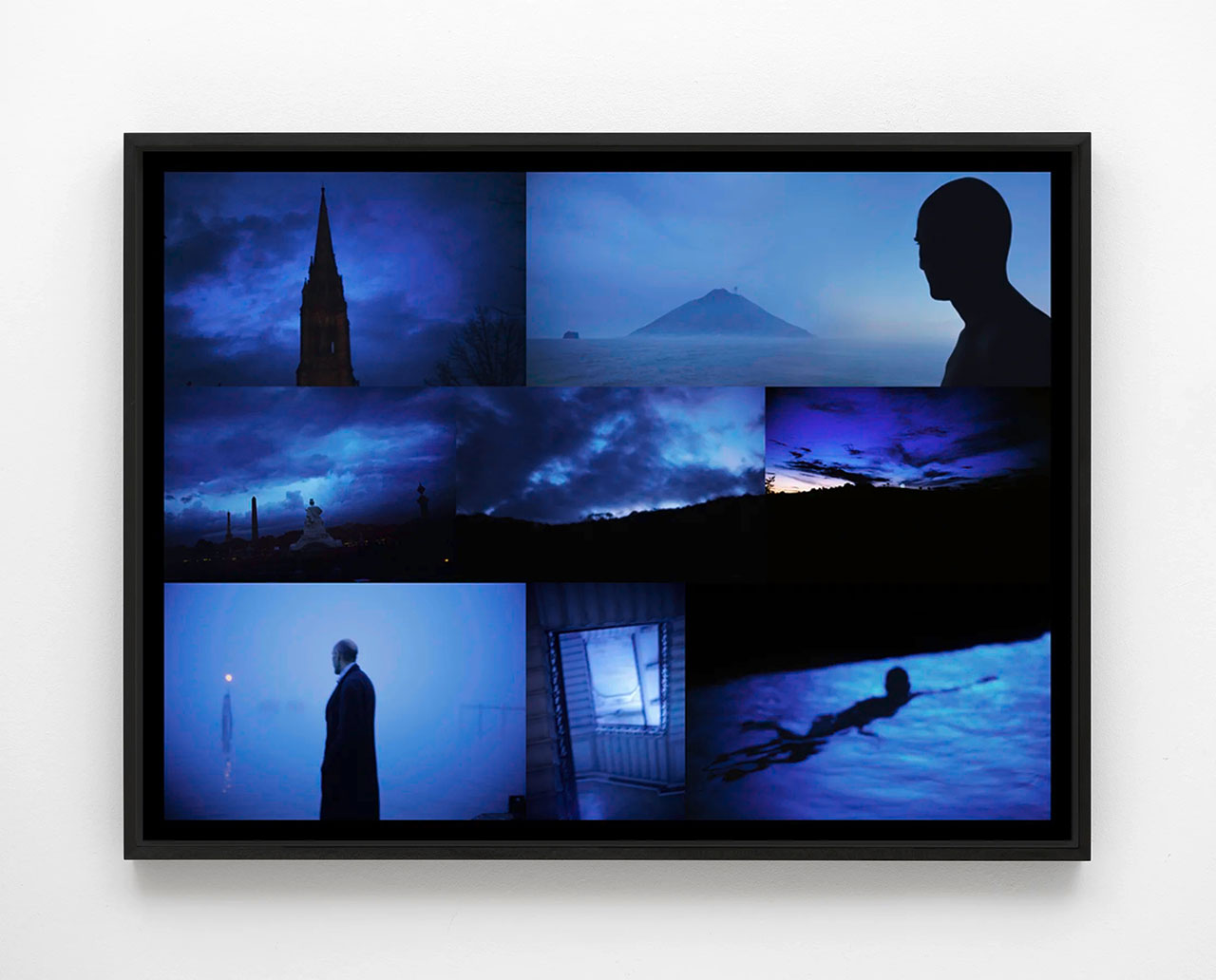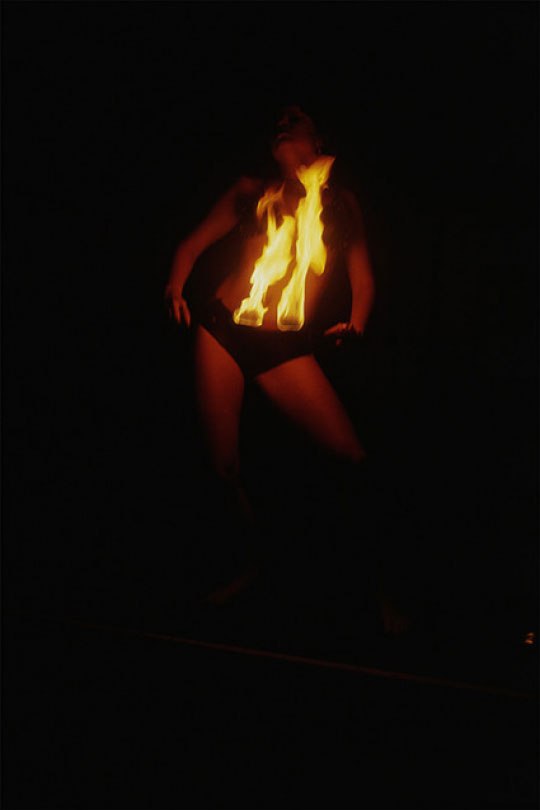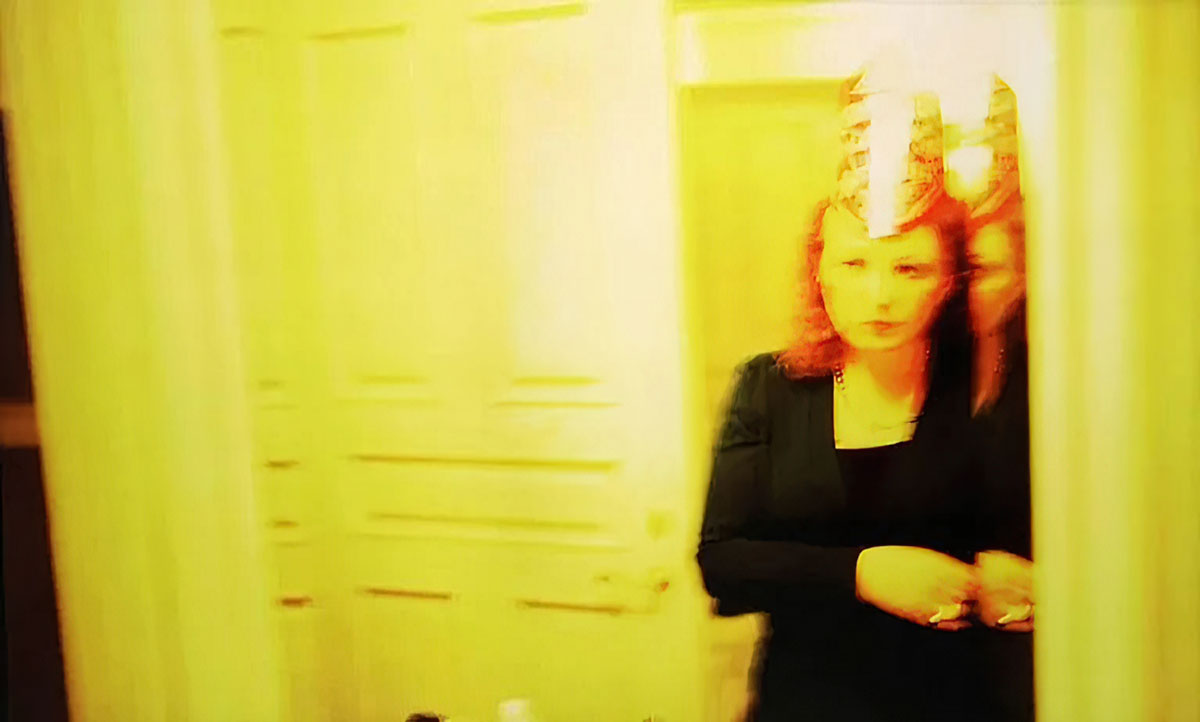PHOTO: Nan Goldin -The Crowd, Paternò
 Nan Goldin, one of the most important artists of her generation, has significantly influenced the art of photography with her intimate portraits of her personal life, friends and family. Since the 1980s Goldin documents in a frank and empathic way, friendships, love relationships, physical abuse, AIDS-crisis. She questions societal norms by making different lifestyles, gender identities, and sexualities visible.
Nan Goldin, one of the most important artists of her generation, has significantly influenced the art of photography with her intimate portraits of her personal life, friends and family. Since the 1980s Goldin documents in a frank and empathic way, friendships, love relationships, physical abuse, AIDS-crisis. She questions societal norms by making different lifestyles, gender identities, and sexualities visible.
By Dimitris Lempesis
Photo: n.b.k. Archive

A seletion of Nan Goldin’s photos in on presentation in her solo exhibition “The Crowd, Paternò”. Her iconic work, “The Ballad of Sexual Dependency”, a slideshow originally conceived in 1983, was ground-breaking and shaped a new aesthetic. Goldin’s recent work includes the digital slideshow “Memory Lost” (2019–2021), which she considers one of her most radical and ambitious works yet. The photographs form an intense narrative, relating the darkest hours of a life dominated by drug addiction, and revealing the complexity of memory. This selection also includes the image “The Crowd, Paternò” (2004), which the artist specially adapted for the n.b.k. Billboard series. Accompanying it is a sound piece composed by Soundwalk Collective (Stephan Crasneanscki and Simone Merli). An icon of the 1980s, Nan Goldin revolutionised photography, transforming her life into art. For more than forty years, she photographed the private lives of her loved ones: fits of laughter, parties, sex, drugs, tight embraces, children, illness, and burials. The artist sought to hold onto each moment shared with her friends, struggling with all her might against time and oblivion. She also created many self-portraits, including the very famous “Nan one month after being battered” (1984). In the late 1980s, with many of her best friends succumbing to the curse of AIDS, she photographed them as they died. Her work, which she presented as a “visual diary”, became the story of an entire generation. Unlike Diane Arbus, with whom she is often compared, she abolished the conventional distance that separated her from her subjects: “I want to show exactly what my world looks like, without glamorization, without glorification” Coming from a bourgeoise family from the Washington suburbs, she was traumatised by the suicide of her older sister Barbara Holly at the age of 18, a highly gifted pianist, her soulmate and paragon. Her parents attempted in vain to make her suicide pass for an accident. This drama was determinant in Nan Goldin’s artistic orientation, her libertarian lifestyle, and her concern for truth: “Photography and drugs saved my life,” she affirmed. At the age of 15, she ran away from home and taught herself photography. In 1972, she entered the Boston College of Fine Arts and joined a marginal group introduced to her by her friend and photographer David Armstrong, who later became a drag queen. At that time, she mainly photographed – obsessionally and in black and white – the daily life that she shared with her transvestite friends in clubs and bars, but also moments of intimacy. Her arrival in New York in 1978 marked her transition into color. Progressively, her framing grew tighter. She lived in squats, working as a waitress and rubbing shoulders with the underground that she tirelessly photographed, as well as her friends: Cookie Mueller (1949-1989), Sharon Niesp, Bruce Balboni, and D. Armstrong, who had followed her from Boston. She organised screenings at her home and in clubs and set to work on her masterpiece, which, sixteen years later, was to constitute her apogee: “The Ballad of Sexual Dependency”, a slideshow of over 700 images, accompanied by songs of various kinds, such as the repertoire of James Brown and Maria Callas. This slideshow inaugurated a new genre, which was similar to film and broke away from the dominant postmodern aesthetic. These screenings as well as her photographic installations entitled “Grids” were arranged in a series of themes underpinning the narrative: nudes, women in front of the mirror, At the Musée du Louvre in 2010, she presented “Scopophilia”, a slideshow combining photographs of artworks from the museum and images from. In a 2017 speech in Brazil, Goldin admitted to an opioid addiction, a disease that has plagued her for most of her adult life and took the lives of countless friends and family. In recovery, Goldin created the campaign ‘Prescription Addiction Intervention Now’ (PAIN), an advocacy group that raises awareness about the drug overdose crisis, particularly in the United States. Since 2018, the group has repeatedly staged protests in museums against their funding by the Sackler family, whose company manufactures the opioid OxyContin – its top-selling drug, which is considered a trigger for the opioid overdose crisis in the U.S. Subsequently, several major exhibition venues declined further financial support from the art patron family and have removed their name from their walls, among them the Louvre in Paris and the Metropolitan Museum of Art in New York.
Photo: Nan Goldin Blue, 2016 Archival pigment print Image: 59 1/2 x 80 in. (151.1 x 203.2 cm) Framed: 61 7/8 x 82 1/4 in. (157 x 209 cm) Courtesy Marian Goodman Gallery
Info: Curator: Lidiya Anastasova, n.b.k. (New Berlin Art Society), Chausseestraße 128-129, Berlin, Germany, Duration: 4/3-28/8/2022, Days & Hours: Tue-Wed & Fri-sun 12:00-18:00, Thu 12:00-20:00, www.nbk.org







